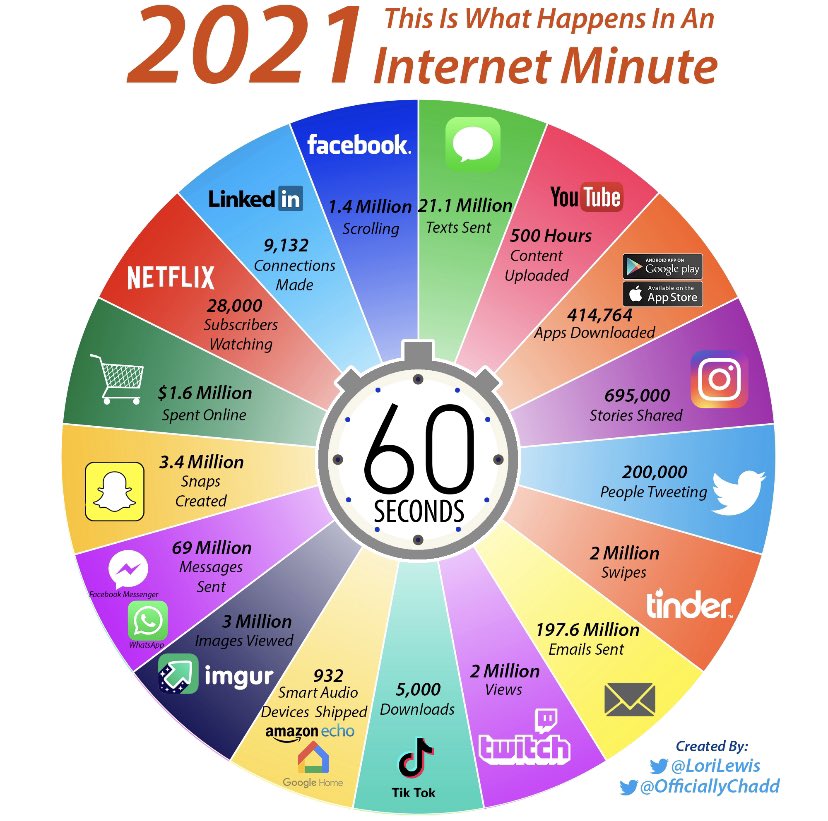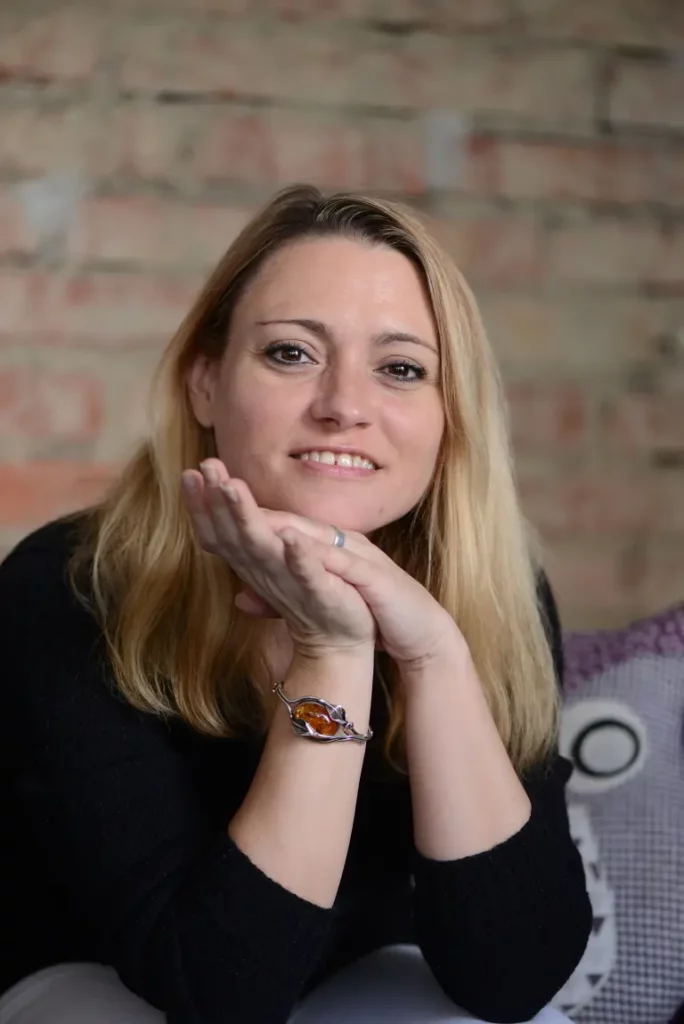How To… Use Social Media for Science Communication

If you are reading our blog or LinkedIn and Twitter postings, you are aware that we use social media for science communication. In short series I want to explain in more detail why we use these tools and how to use them best.
But first let us take a step back and a look at what social media are actually for. According to Wikipedia, “Social media are interactive technologies that facilitate the creation and sharing of information, ideas, interests, and other forms of expression through virtual communities and networks”. The use of these social media platforms is standard in today’s professional communication and of course very common in science communication. It’s not just our team which is all too happy to be able to share what they find important, independently from what professional media might identify as newsworthy content. With social media, we want to create awareness for our research project ReSoURCE but also want to create transparency. Since our work is largely funded by public money, this should be natural. Another aspect that we should not underestimate is also the networking possibility in the scientific community or in our companies.
When I joined the team, the project partners had already agreed on which tools to use for public communication: LinkedIn and Twitter. And I must say, my colleagues chose well in that. I am not sure if Twitter will survive Elon Musk’s currently sinking in-activities – and therefore, I am not sure how long this will still be possible -, but so far, I have used Twitter for all my projects. Aside from many other aspects, especially in Austria many journalists are on Twitter, so I always made sure that the content I worked with was seen there.
Being seen is actually a special issue in the social media, because that is not necessarily as easy as it sounds. To get an impression of the amount of traffic on the internet, please see the illustration in this posting. It is created by Lori Lewis and Officially Chadd and shows you what is happening in 60 seconds in our amazing World Wide Web.
The graphic still surprises me every now and then, because it shows the incredible amount of traffic that is going on constantly. Everybody who sees it, is immediately aware that it must be impossible for users to see all what might be interesting for them. And that is exactly why we need algorithms. Each platform has algorithms to filter out what is most interesting respectively not very interesting for a specific user. And just like the platforms themselves, the algorithms are different from each other.
In order to use social media for our project most successfully, we need to create postings in a way that is adjusted to the specific algorithm of the platform that we use. By creating our postings with the algorithms in mind, we can make sure that more of our followers see our content – in general, for a longer time, in a more prominent position…
In an upcoming short series of “How to…” postings, I will explain what we pay attention to in regards of the platforms that we use.
